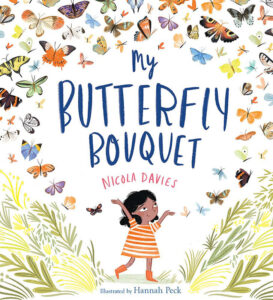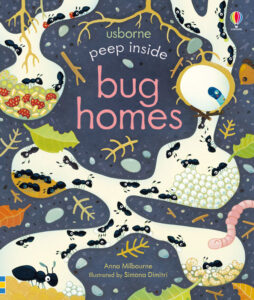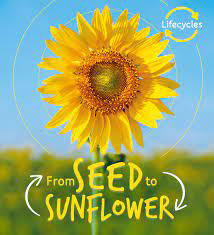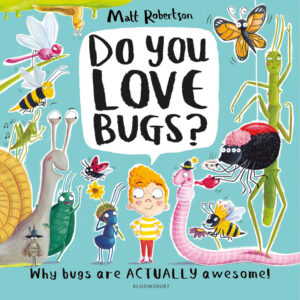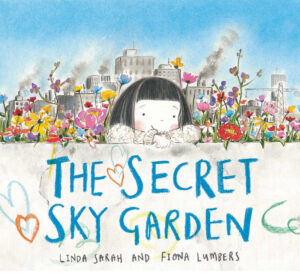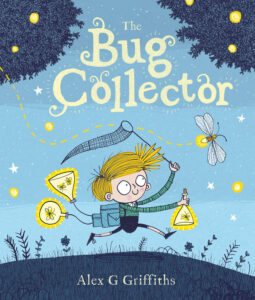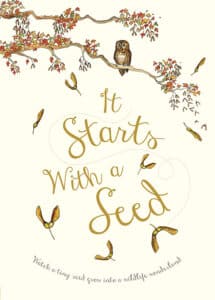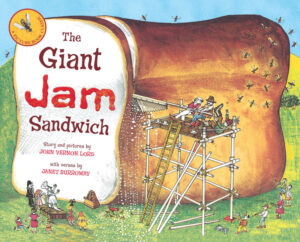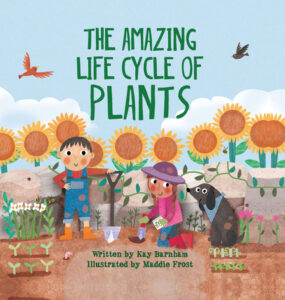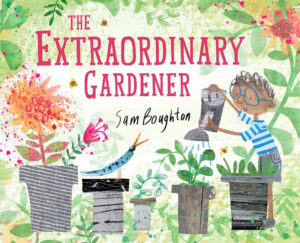See how a little girl recovering from poor health finds wonder in nature and delights in planting a garden with her father to attract a fascinating array of butterflies. Exploring the life stages of butterflies, their importance to our ecosystems and the revitalising power of nature, this book is a heart-warming information story for children who love the outdoors and all its incredible creatures. The stories carries a beautiful message about life cycles and the power of new beginnings.







